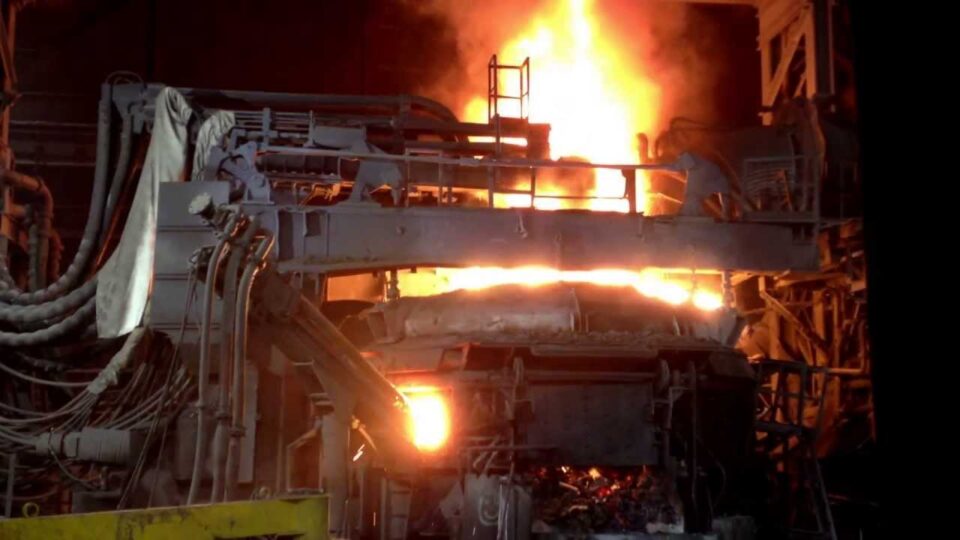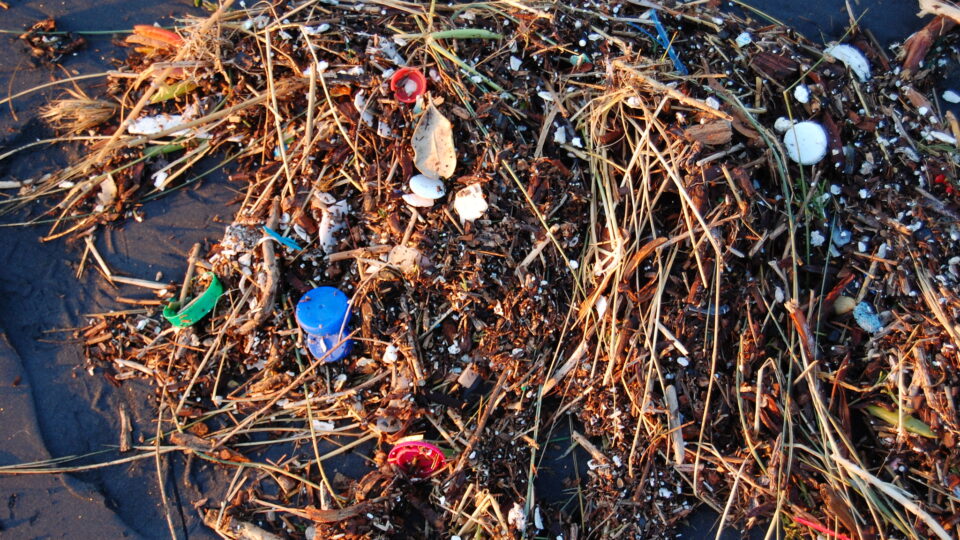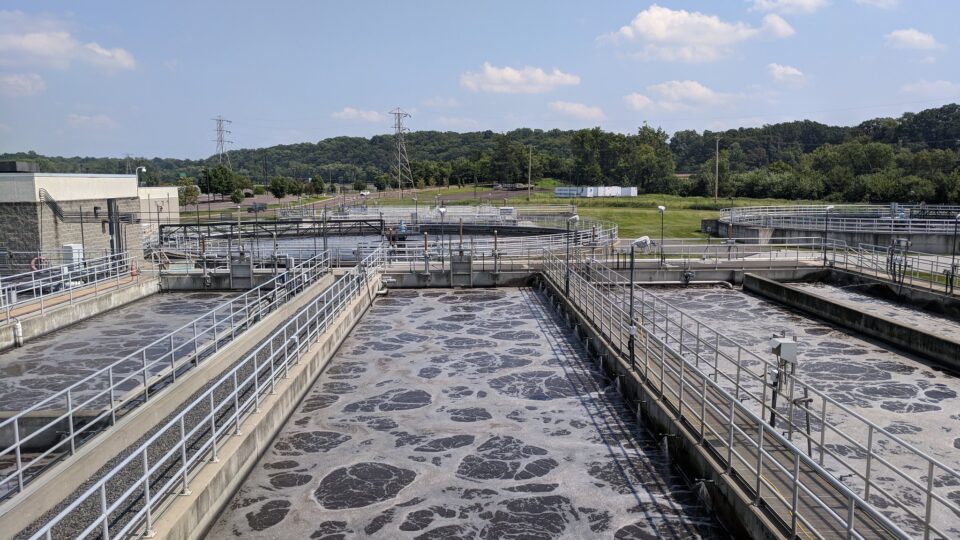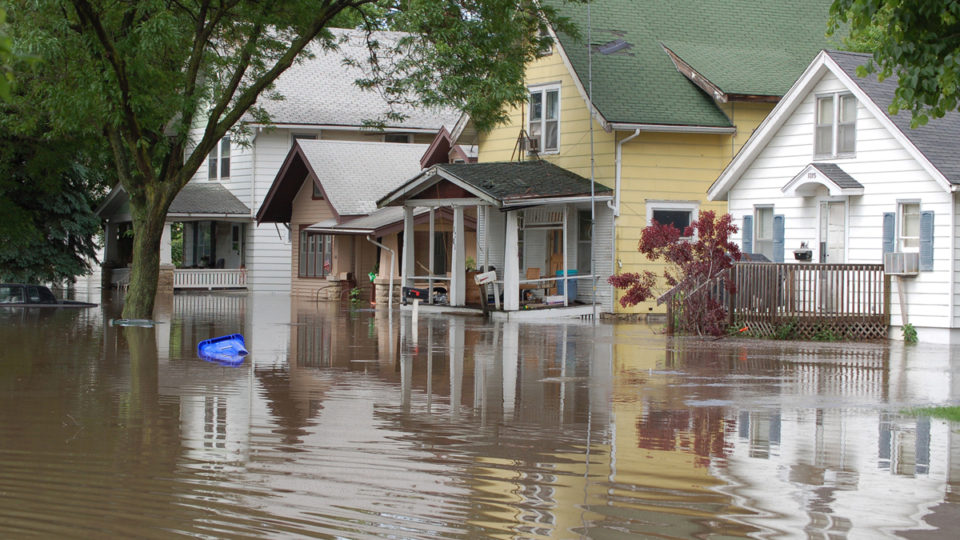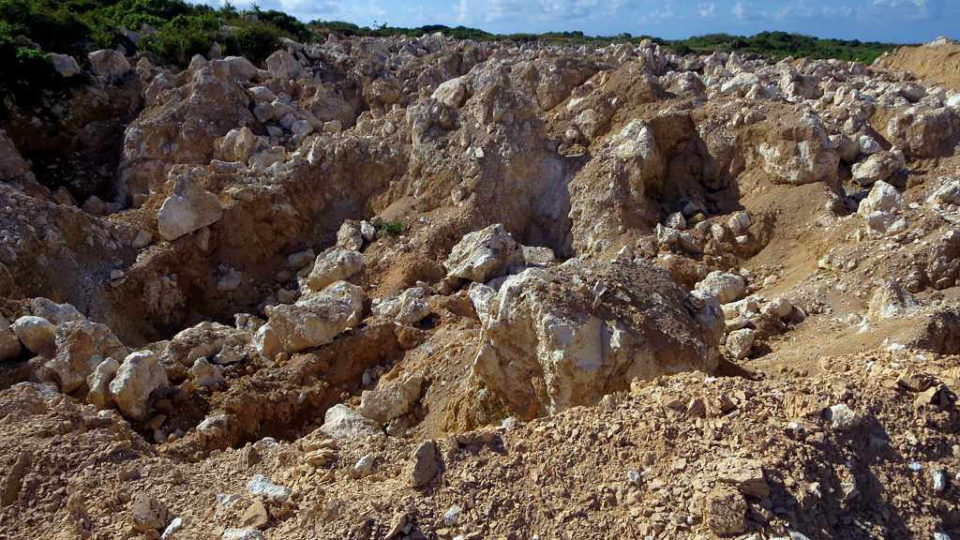Steel is primarily produced using one of two methods: blast furnaces or electric arc furnaces. The first blast furnaces were built in the 14th century. Making steel in a blast furnace starts by melting the raw materials of iron ore, limestone, and coal at very high temperatures. The resultant reactions ultimately lead to two products: iron saturated with carbon and carbon dioxide. A second furnace reacts the liquid iron with oxygen to remove the carbon and results in steel along with even more carbon dioxide.
Making steel using an electric arc furnace is considerably less emissions-intensive and more sustainable. So-called circular steel making powered by electric arc furnaces uses electricity to melt scrap and other input materials and turn them into high-quality steel. Of course, to really minimize the emissions associated with steelmaking, the arc furnaces need to get their power from renewable energy sources.
The global steel industry is turning away from polluting coal-fired blast furnaces and towards electric arc furnaces, which now account for roughly half of all planned new steelmaking capacity. This represents real progress towards a green steel transition.
By the end of this decade, electric arc furnaces will account for more than a third of steelmaking. However, there are still plenty of new coal-based steel furnaces being built. So even as electric arc furnaces account for a greater share of steelmaking, these new coal furnaces will still drive emissions upward. Environmental advocates argue that what the steel industry needs is to make clean development a true priority and back away from coal-based developments.
**********
Web Links
Steelmakers Increasingly Forgoing Coal, Building Electric
Photo, posted July 16, 2018, courtesy of Daniel Steelman via Flickr.
Earth Wise is a production of WAMC Northeast Public Radio
